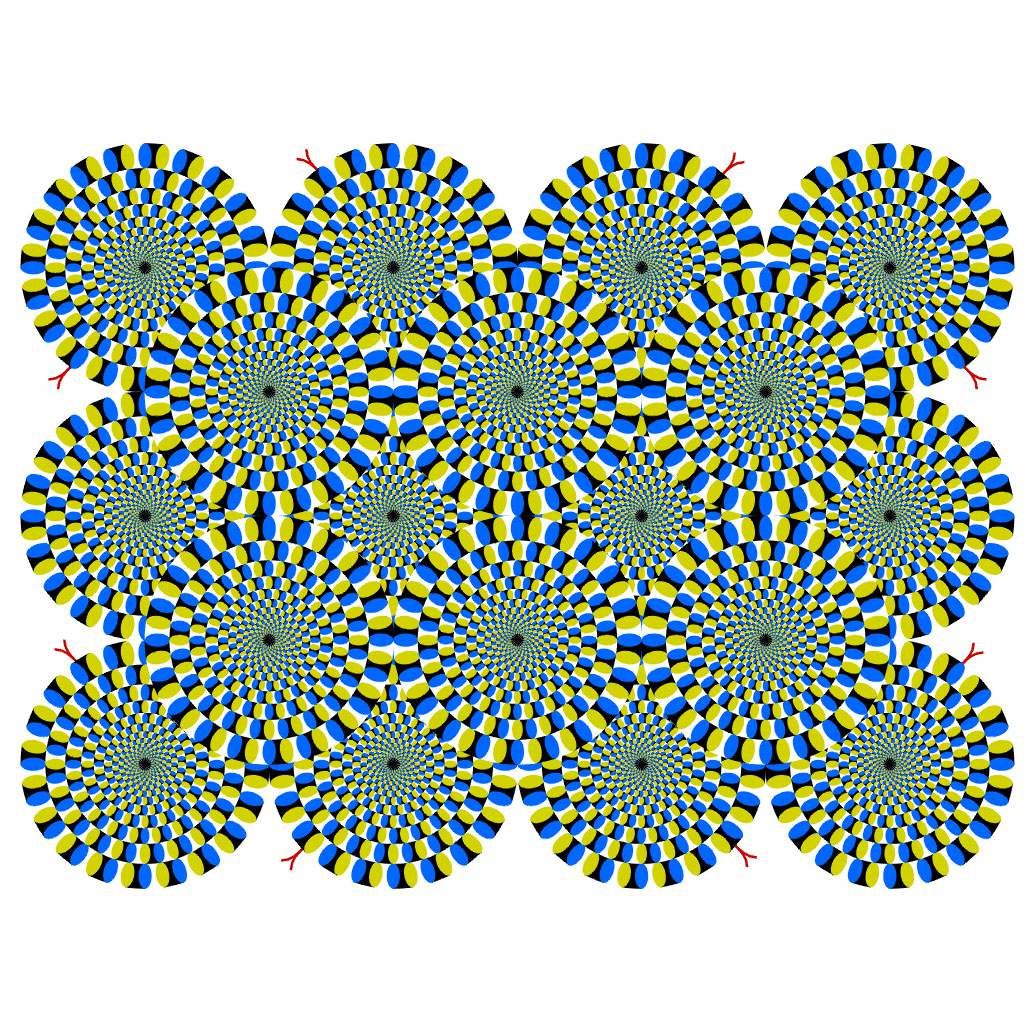Posts Tagged ‘optical illusion’
If you’re a fruit fly, tease your mind with this optical illusion. Humans welcome too.
Please move your gaze around the image, resting from time to time. Then, fix your gaze at a point, and see what happens. You will probably first see ‘snakes’ rotating, some clockwise, others anticlockwise, and then stop.
Read MoreUpdate: The placebo effect works even when people know they are taking a placebo
Welcome to a new edition of SharpBrains’ e‑newsletter, featuring 14 research findings, resources and tips for brain health … and starting with this fascinating study: #1. Wow. The placebo effect works even when people know they are taking a placebo #2. Beating Alzheimer’s Disease will require a combined physical/ mental approach: From the ten factors found…
Read MoreTease your brain with the Hermann Grid illusion
Here’s a beautiful example of the Hermann Grid illusion in the real-world: You will notice faint white circles appear where the horizontal and vertical slats intersect in the window frame (even if no white circles are there at all!) Hermann ferry port door grid illusion :) (?stanbul) pic.twitter.com/SrnZup6UJ9 — Aysun Ülger (@aysun_ulger) September 3, 2019 The Hermann Grid…
Read MoreThe Hermann grid optical illusion, explained
In this image, do you see something other than black and white? Does it matter if you look directly at one of the black blocks, vs. at one of the intersections? While there are really only black blocks and white spaces in the grid, the high contrast black and white areas fool the eyes into perceiving a gray…
Read MoreDoes perception equal reality? Try this quick optical illusion…
. At first glance, you probably see the nice landscape. Those branches and trees, the water, that couple at the bottom right. Now, can you also see the baby? Tricky, isn’t it?! The image above contains some ambiguous contours, creating the effect known as a subjective or illusory contour. The contour of the baby is created by the…
Read More

